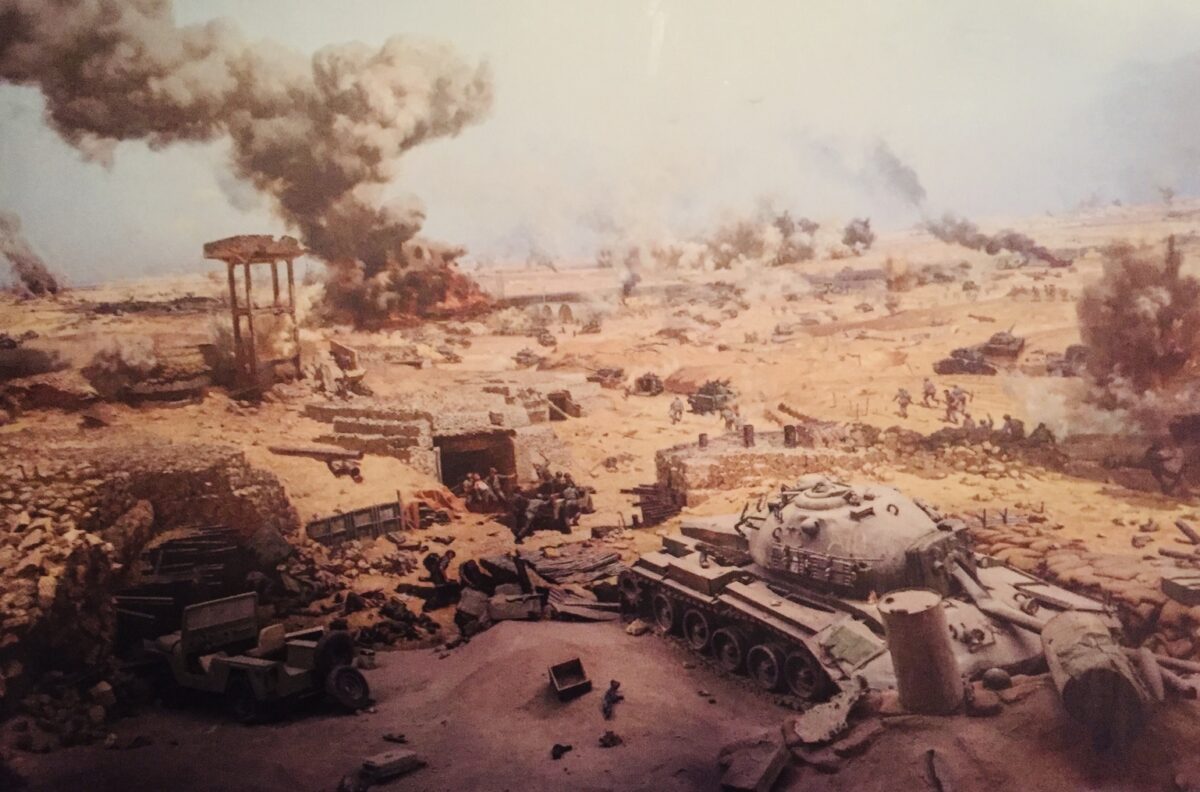Israel and the Soviet Union were enmeshed in an intense clash of arms in the Sinai Peninsula from the end of the 1967 Six Day War until the conclusion of the 1973 Yom Kippur War. The Soviets poured more than 50,000 advisors, technicians and pilots into this effort on behalf of its defeated Arab ally, Egypt.
During this six-year period, when the Cold War was at its height, Soviet personnel were actively involved in Egypt’s attempt to recapture the Sinai from Israel. It would be Moscow’s largest external commitment of troops until its invasion of Afghanistan in 1979.
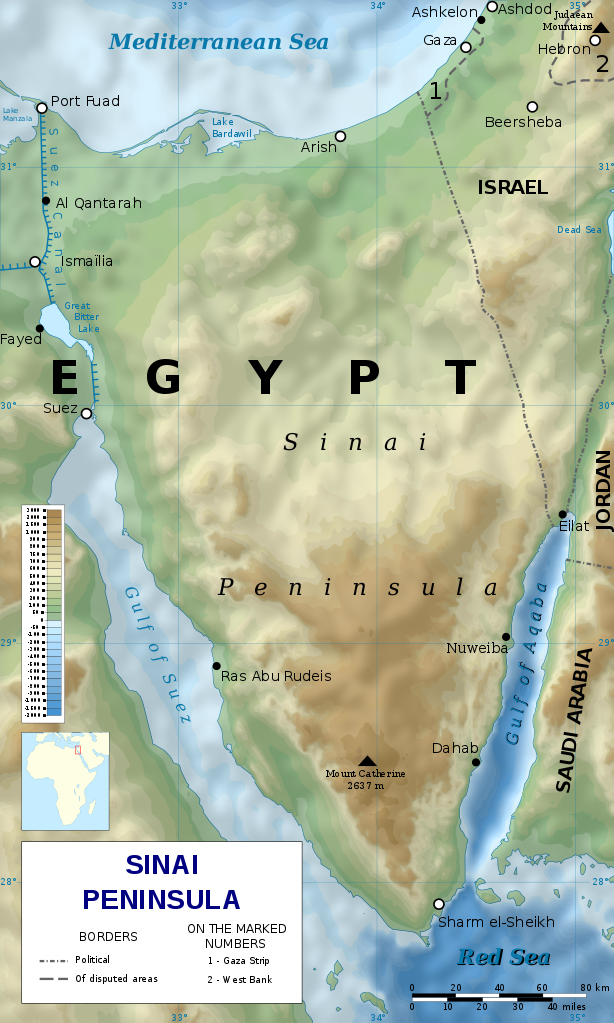
Intent on preserving its standing in the Arab world, Moscow rearmed and retrained Egypt’s battered army and air force, which had performed poorly in the Six Day War. With a resumption of fighting along the length of the Suez Canal, the narrow body of water which separated the combatants from north to south, the Soviets found themselves increasingly involved in what would be the War of Attrition.
This grinding conflict, which inflicted considerable casualties on Israel, Egypt and the Soviet Union, has elicited only cursory interest among Western scholars, say Isabella Ginor and Gideon Remez, the authors of The Soviet-Israeli War, 1967-1973 (Oxford University Press), the definitive work in English on this intriguing and relatively little-known topic.
In the foreword, they summarize their arguments.
The Soviets rearmed Egypt even as the Six Day War raged on. Egypt launched its first counter-offensives in the summer and autumn of 1967 almost certainly with direct Soviet participation. Moscow’s massive deployment of manpower began in the winter of 1970, when the Israeli Air Force struck targets deep inside Egypt. Moscow’s highly sophisticated weapons were successful in countering Israel’s U.S.-supplied weaponry.
Rather than having been a moderating and restraining influence, the Soviet Union aggressively supported Egypt’s military campaign against Israel. “Soviet motivation to reverse the 1967 debacle was just as strong as the Egyptians,'” Ginor and Remez conclude.
As the dimensions of Israel’s victory in that war unfolded, Leonid Brezhnev, the secretary-general of the Soviet Communist Party, ordered an airlift of weapons and munitions to replenish Egypt’s depleted arsenal.
By way of response, the United States lifted an arms embargo it had clamped on the Middle East since the outbreak of the war. The first batch of A-4 Skyhawk jets were shipped to Israel in December of that year. By 1970, Israel was in possession of the U.S.’ most modern aircraft, the F-4 Phantom. Ginor and Remez claim that the incorporation of these planes into the Israeli Air Force were the “two main triggers” for the massive intervention of the Soviet Union in Egypt.
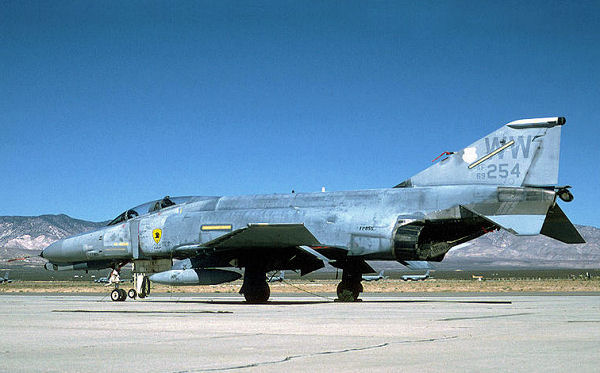
On June 10, five days into the war, Moscow severed diplomatic relations with Israel. Soviet diplomats, including ambassador Dmitri Chuvakhin, left Israel on June 18. In the same month, the tide of Russian Jewish immigrants to Israel was stopped and Zionist activities were banned.
The Central Committee, a body almost as important as the ruling Politburo, decreed that the Six Day War had been “a confrontation between progressive Arab regimes” and Israel, an outpost of world imperialism.
Several months after the war, the Israeli destroyer Eliat was sunk in the Mediterranean Sea by Soviet-made Styx missiles. It was the first ship in naval history to be demolished by a missile. Ginor and Remez suggest that the Soviets played an integral role in the sinking of the Eilat.
By the close of 1967, 2,500 Soviet advisors were stationed in Egypt. They were instrumental in preparing Egypt for operations designed to batter Israeli fortifications along and near the canal. In one such incident in October, 15 Israeli soldiers were killed by an artillery bombardment while playing soccer in a field. Reacting to this disaster, Israel reinforced its bunkers facing the canal with rails dismantled from a nearby railway line.
As early as July 1968, Soviet instructors were leading formations of Egyptian planes on missions to demonstrate both air combat and ground attack techniques, while Soviet pilots were flying certain reconnaissance missions and Soviet technicians were manning Egyptian radar stations.
The Soviet Union, though, was not averse to engaging Israel in dialogue. Moscow’s ambassador to the United States, Anatoly Dobrynin, informed Zionist leader Nahum Goldman that the Soviet Union was interested in bringing “peace and stability” to the region.
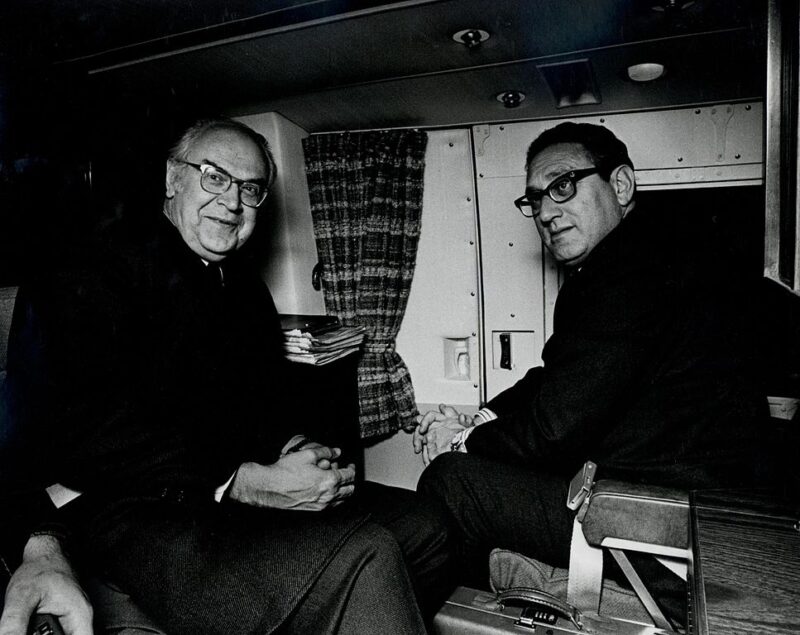
On November 24, 1968, Vladimir Semenov, the Soviet first deputy foreign minister, met Yosef Tekoa, Israel’s ambassador to the United Nations, in New York City. The talks were inconclusive, failing to pave a path to a rapprochement, but further Israeli-Soviet meetings took place in the years ahead.
Egyptian President Gamal Abdel Nasser officially initiated the War of Attrition as Israel’s new prime minister, Golda Meir, took office. It began with a six-hour barrage of Israeli fortifications along the canal, and was followed by Egyptian sniping and mining of Israeli roads. These raids were carried out by commandos who seized and held beachheads on the canal’s eastern bank. By 1970, they were equipped with Soviet-manufactured, shoulder-fired Sagger anti-tank missiles, which would wreak havoc on Israeli forces during the Yom Kippur War.
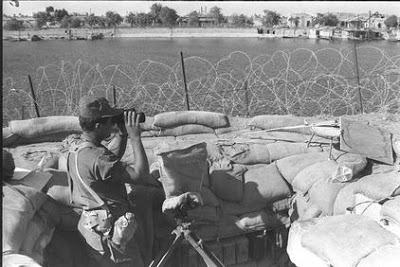
The Soviets also introduced the hand-held Strela-2 anti-aircraft missile to the front. In 1969, one of these missiles downed an Israeli Skyhawk, whose pilot was captured by Egypt.
Israel’s first direct clash with the Soviet Union took place in April of 1970, when two Phantoms struck an Egyptian position where Soviet advisors were stationed. Israel’s deep-penetration bombing raids in Egypt killed scores of Soviets, say Ginor and Remez. These raids were also costly to Israel, which lost its first of several Phantoms over Egypt in the summer of 1970.
A ceasefire went into effect on July 31, a day after Israeli aircraft shot down four Egyptian MiGs piloted by Soviets. Israel, however, was hard-pressed to devise effective measures to counter the Soviet missile shield in the vicinity of the canal. Nor were the Israelis able to stop the Soviets from carrying out reconnaissance flights over Israel.
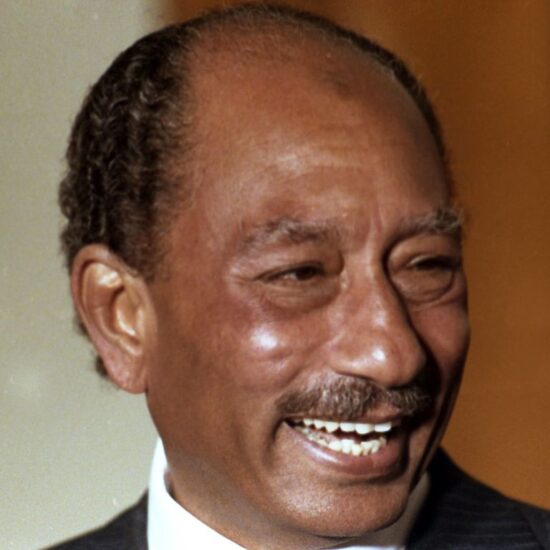
On July 9, 1972, Egyptian President Sadat announced he had requested the Soviet expeditionary force to leave Egypt, but in fact, some of its members remained behind. In the meantime, the Soviet Union increased the flow of weapons to Egypt: 100 MiG-21 fighters, 10 Tu-16 bombers, 150 T-54/55 tanks, 90 T-62 tanks and 60 SAM-6 missile launchers.
The Soviets were helping the Egyptians lay the ground for a crossing of the canal, the first step toward the reconquest of the Sinai. Israel was confident that Egypt would not go to war due to its lack of fighter-bombers. As late as three weeks before the Yom Kippur War, Israel’s chief of staff, General David Elazar, downplayed the probability of war, claiming that Egyptian planes could not reach Israeli Air Force bases.
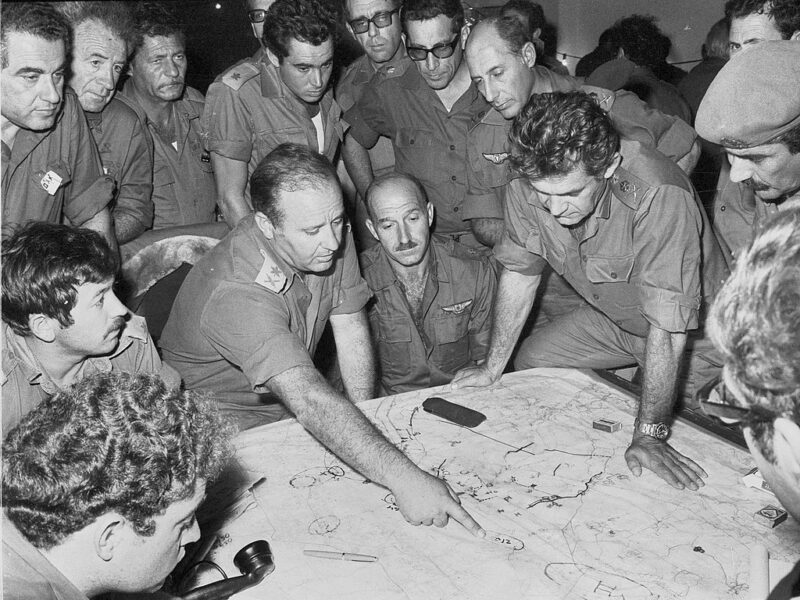
The Mossad, Israel’s external intelligence agency, warned that a war would break out in October of 1973. Sadat had been planning one ever since he abandoned hope that the major powers would force Israel to withdraw from Sinai.
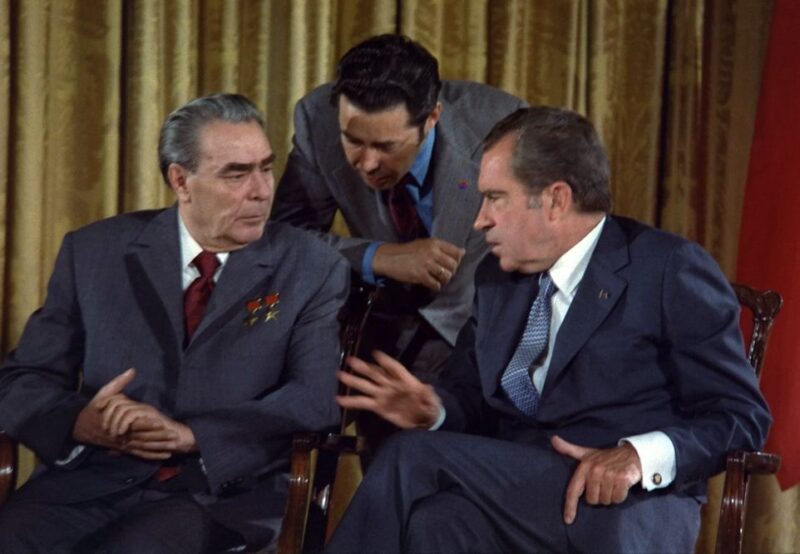
In the months leading up to it, Brezhnev tried to convince U.S. President Richard Nixon that a settlement of the Arab-Israeli dispute was possible on the basis of an Israeli withdrawal from the occupied territories. But Israel was adamantly opposed to the Soviet conception of peace, which matched that of the Arabs.
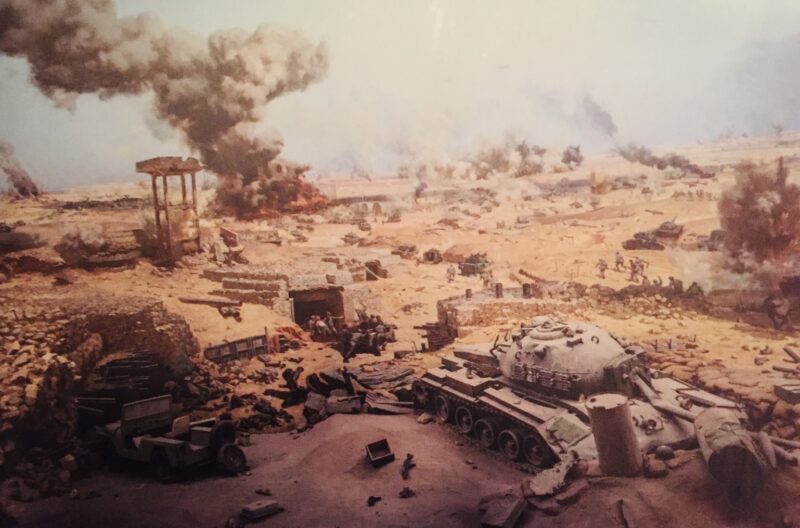
Israel paid a heavy price in blood and treasure for its refusal to even consider the Soviet peace plan. Aided by Soviet advisors, Sadat and his Syrian ally, President Hafez al-Assad, launched a coordinated assault on Israeli lines in the Sinai and the Golan Heights on October 6.
It would shake Israel to its core.
